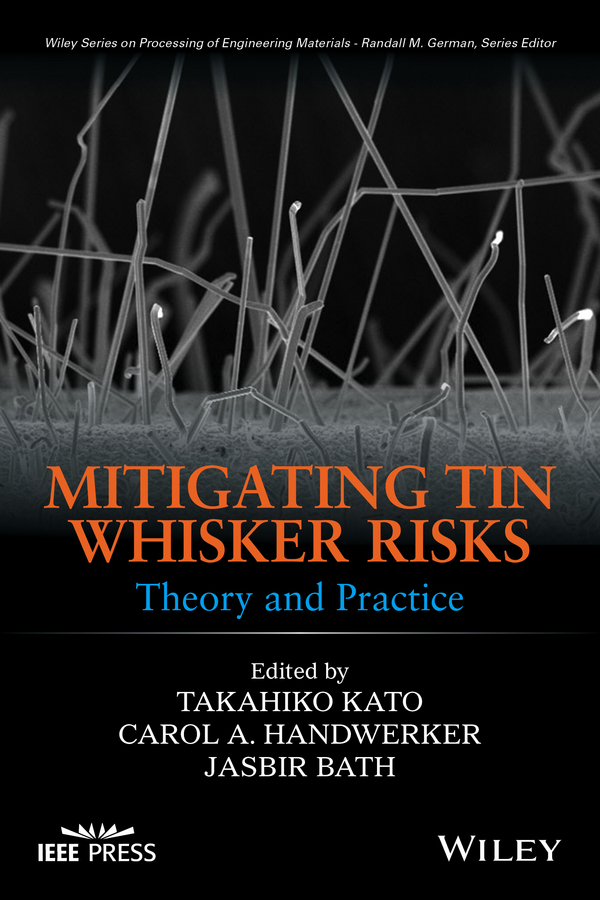Takahiko Kato - Mitigating Tin Whisker Risks: Theory and Practice
Here you can read online Takahiko Kato - Mitigating Tin Whisker Risks: Theory and Practice full text of the book (entire story) in english for free. Download pdf and epub, get meaning, cover and reviews about this ebook. year: 2016, publisher: Wiley, genre: Home and family. Description of the work, (preface) as well as reviews are available. Best literature library LitArk.com created for fans of good reading and offers a wide selection of genres:
Romance novel
Science fiction
Adventure
Detective
Science
History
Home and family
Prose
Art
Politics
Computer
Non-fiction
Religion
Business
Children
Humor
Choose a favorite category and find really read worthwhile books. Enjoy immersion in the world of imagination, feel the emotions of the characters or learn something new for yourself, make an fascinating discovery.

- Book:Mitigating Tin Whisker Risks: Theory and Practice
- Author:
- Publisher:Wiley
- Genre:
- Year:2016
- Rating:3 / 5
- Favourites:Add to favourites
- Your mark:
Mitigating Tin Whisker Risks: Theory and Practice: summary, description and annotation
We offer to read an annotation, description, summary or preface (depends on what the author of the book "Mitigating Tin Whisker Risks: Theory and Practice" wrote himself). If you haven't found the necessary information about the book — write in the comments, we will try to find it.
Discusses the growth mechanisms of tin whiskers and the effective mitigation strategies necessary to reduce whisker growth risks
This book covers key tin whisker topics, ranging from fundamental science to practical mitigation strategies. The text begins with a review of the characteristic properties of local microstructures around whisker and hillock grains to identify why these particular grains and locations become predisposed to forming whiskers and hillocks. The book discusses the basic properties of tin-based alloy finishes and the effects of various alloying elements on whisker formation, with a focus on potential mechanisms for whisker suppression or enhancement for each element. Tin whisker risk mitigation strategies for each tier of the supply chain for high reliability electronic systems are also described.
- Discusses whisker formation factors including surface grain geometry, crystallographic orientation-dependent surface grain boundary structure, and the localization of elastic strain/strain energy density distribution
- Examines how whiskers and hillocks evolve in time through real-time studies of whisker growth with the scanning electron microscope/focused ion beaming milling (SEM/FIB)
- Covers characterization methods of tin and tin-based alloy finishes such as transmission electron microscopy (TEM), scanning electron microscopy (SEM), and electron backscatter diffraction (EBSD)
- Reviews theories of mechanically-induced tin whiskers with case studies using pure tin and other lead-free finishes shown to evaluate the pressure-induced tin whiskers
Mitigating Tin Whisker Risks: Theory and Practice is intended for the broader electronic packaging and manufacturing community including: manufacturing engineers, packaging development engineers, as well as engineers and researchers in high reliability industries.
Takahiko Kato: author's other books
Who wrote Mitigating Tin Whisker Risks: Theory and Practice? Find out the surname, the name of the author of the book and a list of all author's works by series.










